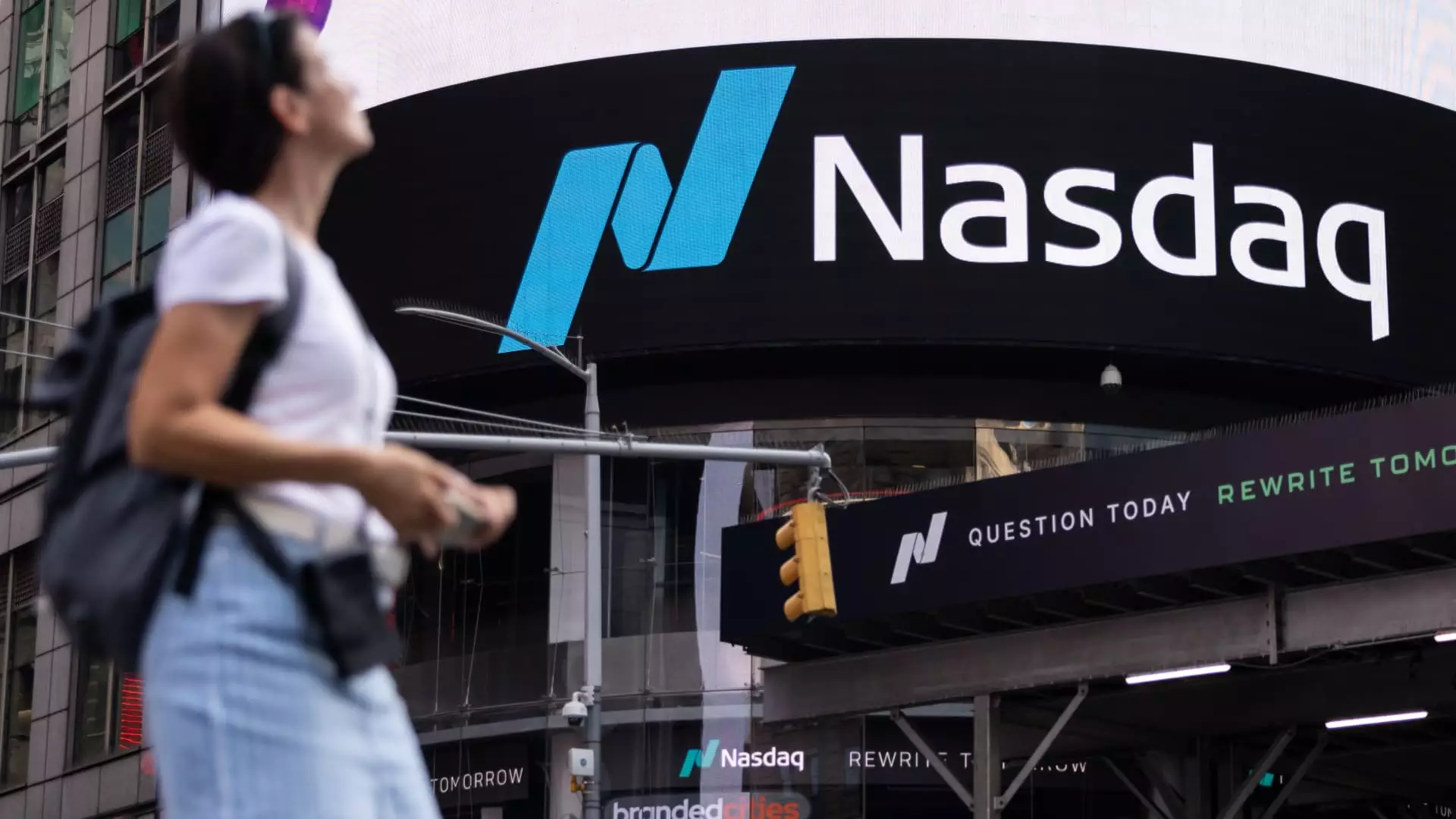The investment landscape is experiencing a seismic shift as asset managers increasingly transition from traditional mutual funds to Exchange-Traded Funds (ETFs). This strategic pivot is largely driven by the quest for tax efficiency, a critical concern for both investors and financial advisors in today’s financial climate. KKM Financial, under the leadership of its founder and CEO Jeff Kilburg, has made a significant move by converting its Essential 40 mutual fund into an ETF, positioning itself at the forefront of this evolving trend.
ETFs offer distinct advantages over mutual funds, particularly regarding tax implications. When investors redeem shares or when mutual funds undergo portfolio adjustments, it can trigger capital gains distributions that may come as an unwelcome surprise for taxable accounts. Unlike mutual funds, ETFs allow investors the flexibility to control the timing of potential capital gains or losses. As Kilburg emphasizes, the tax efficiency of ETFs represents a key advantage that resonates with advisors facing challenges with capital gain distributions typical of mutual funds.
The SEC’s 2019 regulatory changes have further propelled this shift by easing restrictions on active investment strategies within ETFs. This has provided asset managers with the flexibility and creative freedom needed to design funds that align more closely with investor needs. Consequently, a significant decline in active equity mutual funds has occurred, with Strategas reporting the lowest levels in 24 years, highlighting the growing preference for ETFs.
KKM’s Essential 40 now trades on Nasdaq under the ticker ESN, aiming to encapsulate a straightforward investment philosophy: “buy what you use.” The ETF comprises holdings from influential U.S. companies such as JPMorgan Chase, Amazon, and Eli Lilly. Kilburg’s assertion that the absence of these firms would jeopardize the U.S. economy underscores the cornerstone this fund seeks to establish for its investors.
Interestingly, equal-weighted funds like the Essential 40 have gained traction, particularly in turbulent market conditions. By providing equal exposure to each stock within the fund, this investment strategy often outperforms market-cap-weighted indexes during downturns. The Invesco S&P 500 Equal Weight ETF (RSP) has seen an influx of over $14 billion in investor funds in recent months, a testament to the growing demand for this type of vehicle.
Historical Performance and Future Prospects
Reflecting on its previous iteration as a mutual fund, the Essential 40 boasted a three-star rating from Morningstar, with its pinnacle performance occurring during 2022 when it declined less than 11%, markedly better than the category average drop of approximately 17%. This historical resilience may make the ETF an appealing option for investors seeking stability in uncertain economic climates.
As we move towards 2024, reports suggest the KKM fund experienced a 16% uptick year-to-date prior to its conversion, with assets nearing $70 million. This trajectory sets a promising foundation for its future, especially considering that the ETF carries a net expense ratio of 0.70%, mirroring that of its mutual fund predecessor. This pricing structure could entice potential investors, particularly as they seek cost-effective options in a competitive marketplace.
The transition from mutual funds to ETFs represents a broader movement towards innovation and adaptability in investment strategies. As KKM Financial leads the charge with its Essential 40 ETF, the implications for investors and financial advisors are profound. Enhanced tax efficiency, a focus on widely recognized companies, and a resilient performance history culminate in an attractive opportunity for those looking to navigate an ever-evolving financial landscape. As more asset managers consider similar conversions, the rise of ETFs could very well define the future of investment in the coming years.

